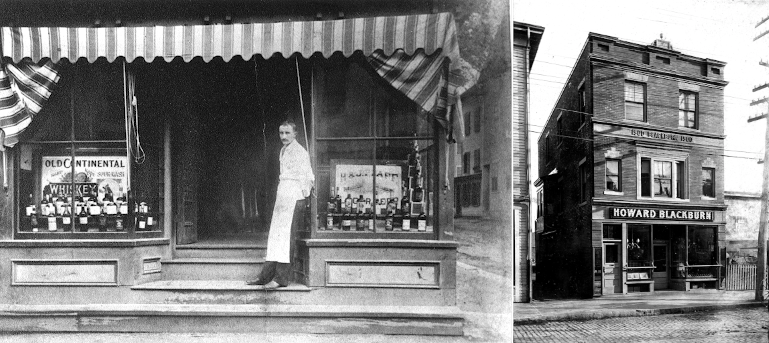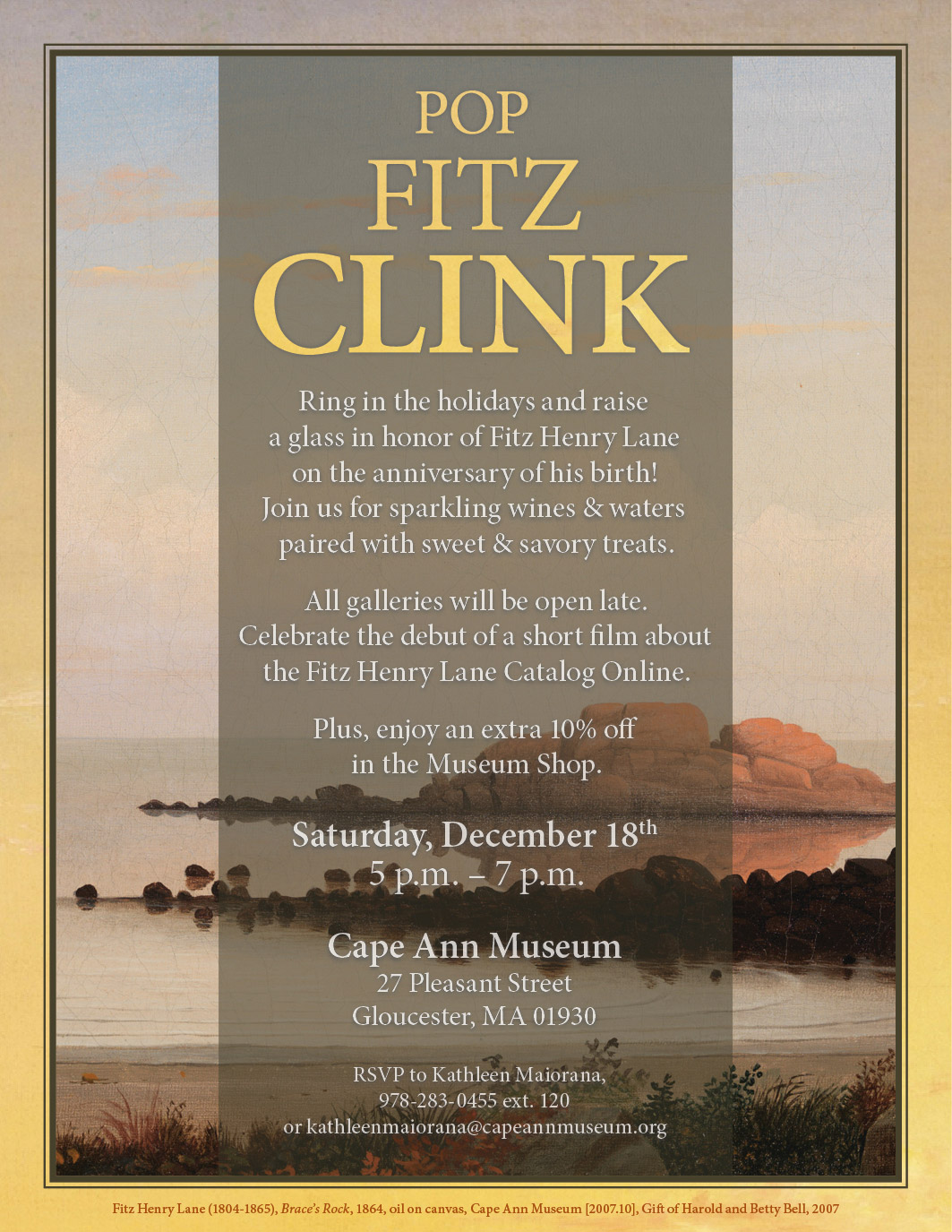
Charles Allan Winter (1869-1942), Man’s Greatest Enemy, c. 1915, oil on canvas. Collection of the Cape Ann Museum, Gloucester, MA. Gift of Linzee Coolidge, 2016 [Acc. #2016.034].

Dear Friends,
As we approach the holiday season and look toward the beginning of 2022, this past year has been one of great collaboration and engagement with each of you. Thank you!
Your collective support is essential, and CAM is excited and committed to invigorating its place as a cultural organization within this community, a resource for all that is local and national in both scope and reach. As friends and members your participation is vital to the Museum, and with many dynamic exhibitions and creative programs planned, please join us even more frequently in the months and years ahead.
Recently, many of you had a chance to renew your membership and support the 2021 Dotty Brown Annual Fund, for which we are tremendously grateful. Those who might still wish to make a year-end contribution are encouraged to visit this link here. To review the recent CAM 2020 report detailing the last 18 months of the Museum's activities please visit here.
There are lots of things to see and do with CAM during these next weeks, and while this is the final issue of CAM Connects for 2021, we look forward to sharing many new issues in the year ahead. If you haven't visited already, the Cape Ann & Monhegan Island Vistas: Contrasted New England Art Colonies exhibition provides great insights into two key art colonies, and there are many new items available in the CAM shop or by visiting the CAM Online Store. Last but certainly not least, please mark your calendars for CAM's annual Pop! Fitz! Clink! gathering on December 18. Looking forward to seeing you there!
With gratitude and best wishes for an uplifting
holiday season and beginning to the New Year.

Oliver Barker, Director







